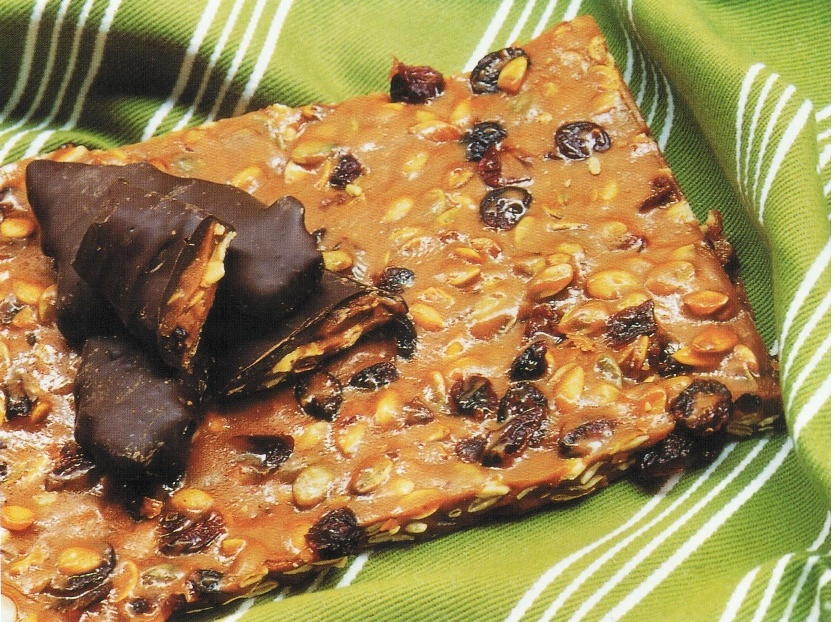
He was sent to solicit the assistance of foreign princes, and later by Charles the Second to run his embassy in Poland. The eldest son, Sir John Cochrane, was a colonel in the army of Charles the First.

Mr and Mrs Cochrane had seven sons and three daughters. This duly came to pass when she married Alexander Blair, from Ayrshire. However he stipulated that her eventual husband would assume the name Cochrane. In 1593, he named her as the sole heir of his estate. He and his wife Margaret had only one child, a daughter, Elizabeth. In 1576 William Cochrane of that Ilk was granted a charter by Queen Mary confirming his ownership of the lands of Cochran. In common with most Scots they simplified their Norman name and became simply Cochran. The family continued to prosper, but there came a time when it almost died out. This was the name given to a collection of agreements, laid out on four rolls of parchment, which King Edward the first of England imposed on Scottish nobility and land-owners in return for deciding who should be the next king of Scotland. By 1297 the family name had changed to Cochran and Baron William de Cochran was a signatory on King Edward’s Ragman Rolls. So Waldenus de Coveran was mixing in exalted company indeed.įurther proof of the family’s VIP status came a few years later. Walter Stewart was the third son of the Lord High Steward of Scotland, who was the personal representative of the King of Scotland and, as such one of the most powerful men in the land. The Earl then granted the church of Kilcalmonell to the monks of Paisley. The land in question included Skipness Castle on the east side of the Kintyre Peninsula near the village of Skipness, Killislate and the parish of Kilcalmonell. In 1262 Waldenus de Coveran was a witness to a document which confirmed the transfer of land from Dughall MacSuibhne (MacSween) to Walter Stewart, the Earl of Menteith.

Similarly coch ran could also relate to the words ‘battle cry’ or ‘the roar of battle’.īy the thirteenth century the family, still known as Coveran, was undoubtedly one of the more prominent in the region. Legend has it that a family member who proved particularly brave and ferocious in battle was described by his commander as ‘coch ran’ which translates to brave fellow. The very first Coveran is said to be a Norse warrior who arrived in Scotland in the ninth century with his countrymen to pillage and plunder the west coast – but decided to settle there.Īnother possibility is that the name comes from the Gaelic words for “brave fellow”. Coveran, which was a Norman name, eventually evolved into Cochrane. The popular belief, and one supported by many clansmen is that they began life in an area called Coueran or Coveran, which was in modern-day county of Renfrewshire, near the bustling town of Paisley. There are several theories surrounding the origin of the Cochrane clan.


 0 kommentar(er)
0 kommentar(er)
